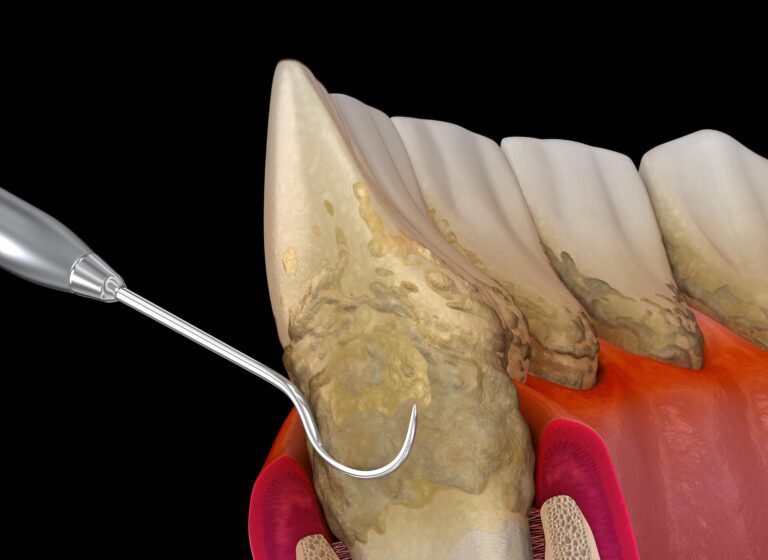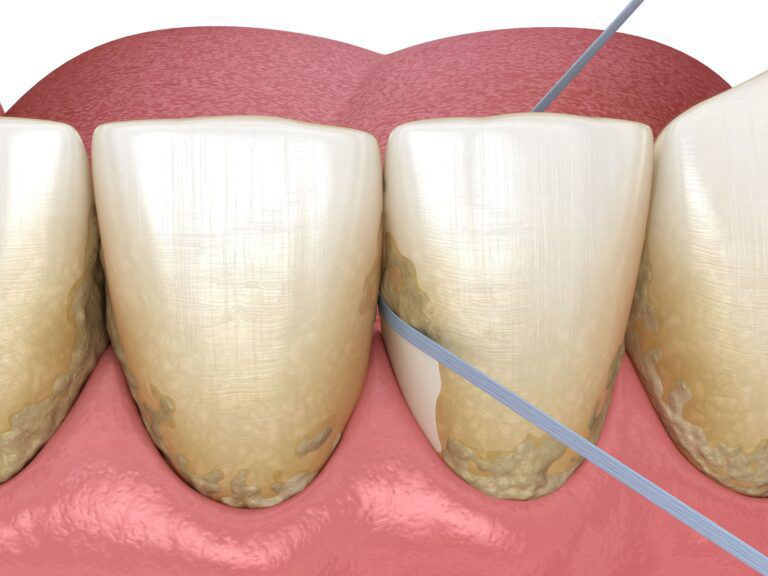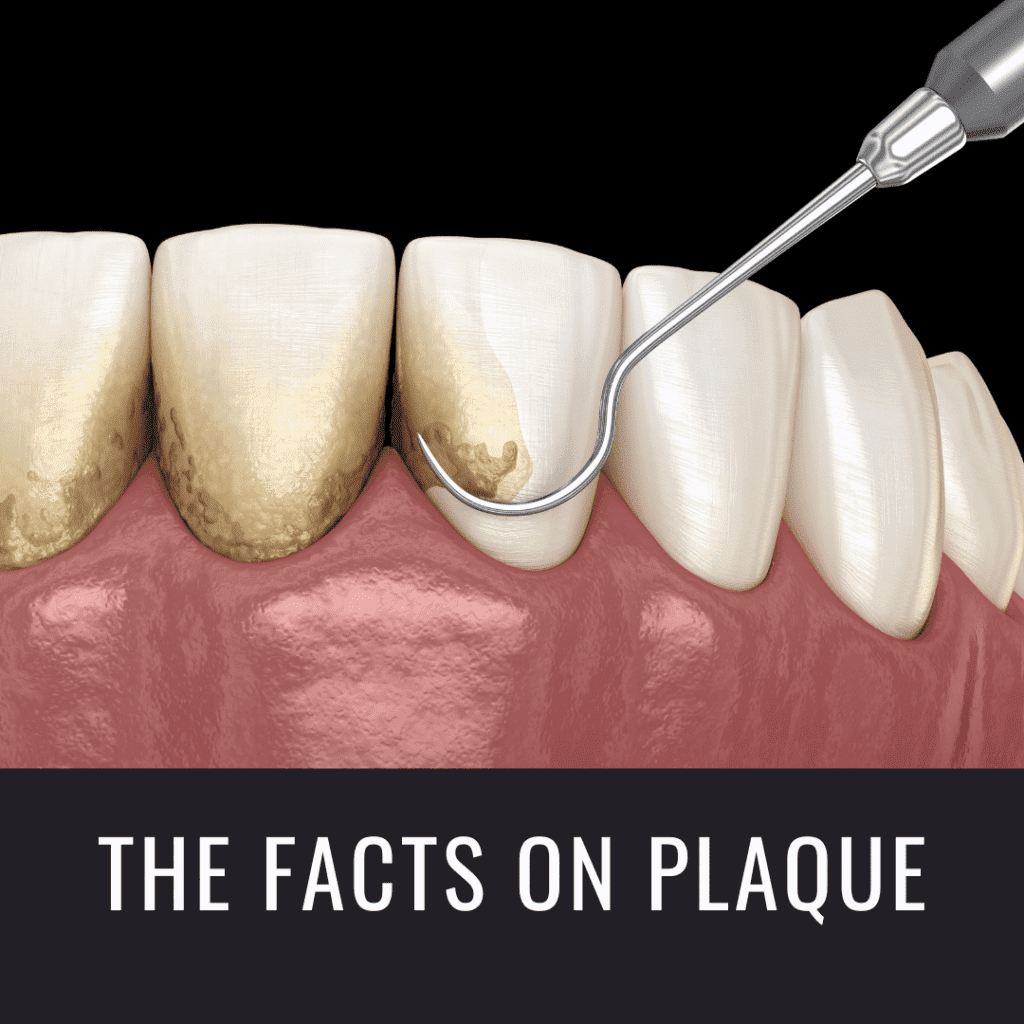If you’ve ever looked at the packaging of dental products such as toothbrushes, floss, toothpastes, or mouthwashes, you may have noticed that they often mention reducing or eliminating dental plaque. Chances are, you’ve even heard your dentist talk about plaque from time to time during your appointments. However, how much do you really know about dental plaque? See how much you know about plaque by reading our facts on plaque.
What is plaque?

Plaque is the dental term used to describe a clear, sticky film that forms over the surface of the teeth. It is composed of a gluey polymer layer, as well as a variety of microorganisms. For this reason, dental plaque is sometimes referred to as biofilm, oral biofilm, microbial plaque, dental plaque biofilm, or bacterial plaque biofilm.
Out of the various microorganisms that make up plaque, by far the most common is bacteria. In fact, it is estimated that around 1,000 different species of bacteria reside in plaque, making up around 70% of its dry weight. Although this sounds like a lot, bacteria is a natural part of the mouth ecosystem. As long as the amount of bacteria stays at a reasonable level, they are considered harmless.
Where is plaque found?
In the simplest sense, plaque is found on the surface of the teeth. However, there are two different types of plaque that can occur, depending on their location. Supragingival biofilm is plaque that forms above the gum line. Although supragingival biofilm can form anywhere on the surface of the teeth, it generally forms on the chewing surfaces of molars, in between the teeth, and along the gum line. This type of plaque generally forms 4 to 12 hours after brushing, which is why brushing twice a day is so important. Supragingival plaque is aerobic, meaning that it needs oxygen to survive and will remain above the gum line.
The other type of dental plaque is known as subgingival biofilm. Subgingival biofilm can develop in cases where supragingival plaque is not removed and the bacteria migrates down towards the gums. This form of dental plaque forms below the gum line and is anaerobic, meaning that it does not need oxygen to survive. In fact, anaerobic bacteria will thrive in places where there is no oxygen, which is why this bacteria thrives under the gums.
How does plaque develop?
As we now know, plaque is composed of various microorganisms. Although some of these microorganisms are naturally occurring, plaque can develop when more organisms and/or sugars collect in the sticky substance. This happens whenever we eat, drink, or even breathe. The reason why your mouth tends to collect microorganisms is because it provides a beneficial environment that promotes their growth and development.
The human mouth is both warm and moist, which is an ideal environment for bacterial growth. Additionally plaque grows at an ideal pH of 6.7 to 8.3, and saliva falls right between this level being 6-7. Furthermore, teeth do not shed like other parts of the body, which makes it a good surface for bacteria to grow undisturbed. Without regular brushing and flossing, plaque and bacteria could continue to grow and thrive on the surface of the teeth. This is especially true when excess sugar is consumed, since sugar is the primary food source of bacteria.
How does plaque affect your oral health?

Depending on how much you know about black already, you may or may not know how it affects your oral health. Going back to the beginning, dental plaque is composed of thousands of bacteria. Bacteria are living organisms, meaning whatever they eat they must excrete. The problem is that bacteria excrete and acidic waste products that can erode the tooth enamel when concentrated in one area. Simply stated, this is how cavities form. The more plaque in one area means more bacteria in one area, which drastically increases the risk of decay in that area. Not only that, the acids produced by bacteria can also lower the pH of your saliva, causing it to become slightly acidic. Acidic saliva further increases the risk of tooth decay by speeding up erosion and preventing the mouth from being able to properly clean itself.
How to Manage Plaque
When it comes to managing plaque, it is important to minimize the amount that forms on the surface of your teeth. While you may not be able to completely remove or prevent plaque from forming, regular dental hygiene is essential to control plaque accumulation and bacterial populations. Since plaque forms every 4-12 hours, brushing twice a day helps to remove it from the surface of your teeth, while flossing daily allows you to remove plaque from in between teeth and along the gum line. It is also important to visit your dentist twice a year so that they can perform a professional cleaning and examine your oral health.




